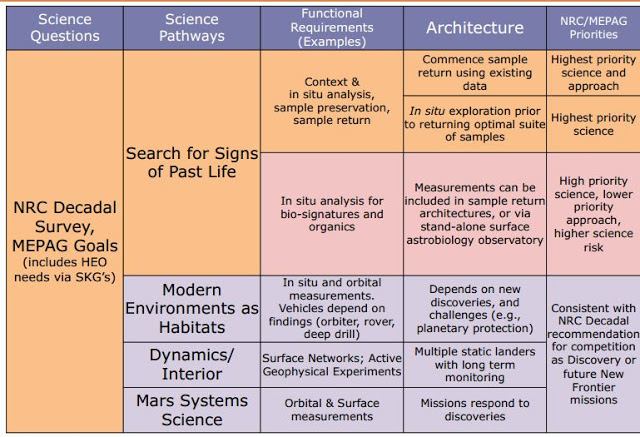

| Visitors Now: | |
| Total Visits: | |
| Total Stories: |

| Story Views | |
| Now: | |
| Last Hour: | |
| Last 24 Hours: | |
| Total: | |
Learning To Live On Mars: Humans Adjusting To Martian Days

Credits: ESA/DLR/FU Berlin (G. Neukum)
Mission controllers investigating the Martian landscape are required to communicate with the rover on Martian time. This unusual schedule poses a great challenge as our internal body clock has evolved to expect a 24-hour light-dark, not a 24.65 h ‘day’, making it difficult to sleep, wake and work. “Our study, which was conducted during the Phoenix Mars Lander mission, investigated the effectiveness of a pilot program to educate the mission personnel on how to reset their body clocks more quickly and how to improve their sleep, alertness and performance,” explained Steven W. Lockley, PhD, neuroscientist at BWH, and senior investigator on this study.
The research team studied 19 scientific and technical personnel supporting the Phoenix Lander mission for more than 11 weeks. The participants were assessed using a sleep/work diary, continuous wrist actigraphy, and regular performance tests. A subset of the study participants were also given portable blue-light light boxes to place at their workstations to help reset their internal body clocks and improve their performance. The researchers found that most of the participants were able to synchronize to a Martian day schedule.
“While adapting the human sleep-wake and performance cycle to a 24.65 hour day is a substantial challenge, our study has provided the foundation to develop comprehensive fatigue management programs for future missions, which may eventually include manned missions to Mars,” explained Laura Barger, PhD, an associate physiologist at BWH and principal investigator of the study. “Such a program could decrease the risk of fatigue-related mistakes during these high profile and expensive missions.”
Researchers suggest that these findings may also prove helpful to other groups that work on unusual ‘day-lengths’ such as submariners who have traditionally lived on an 18-hour day.
This research was funded by the National Aeronautics and Space Administration (NNX08AD66A) and supported in part by the National Space Biomedical Research Institute through NASA NCC 9-58. The Phoenix Mars Lander mission was supported by NASA contract NNH04CC16C.
This grid provide a look at some of the question the scientists are trying to answer by communicating with the Curiosity Rover on Mars.
Contacts and sources:
Jessica Maki
Brigham and Women’s Hospital
2012-10-01 08:45:57
Source: http://nanopatentsandinnovations.blogspot.com/2012/10/learning-to-live-on-mars-humans.html
Source:



